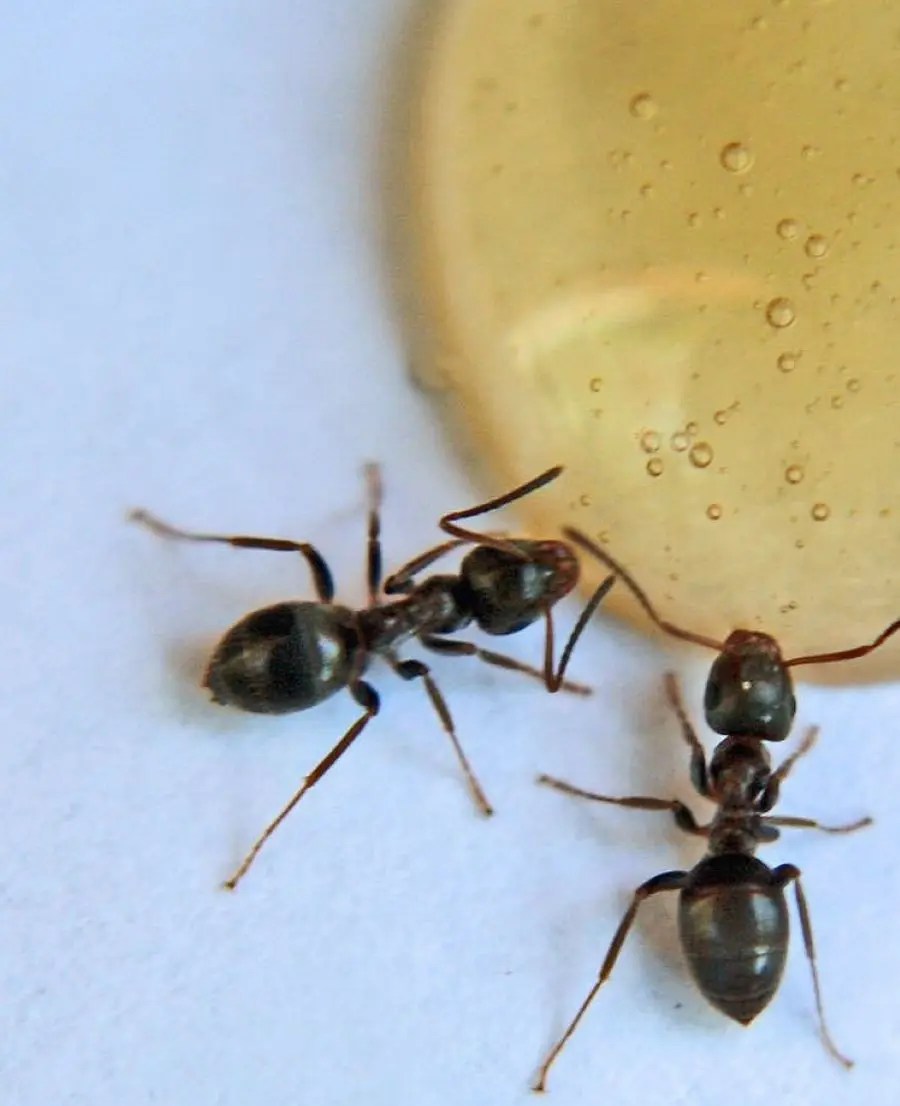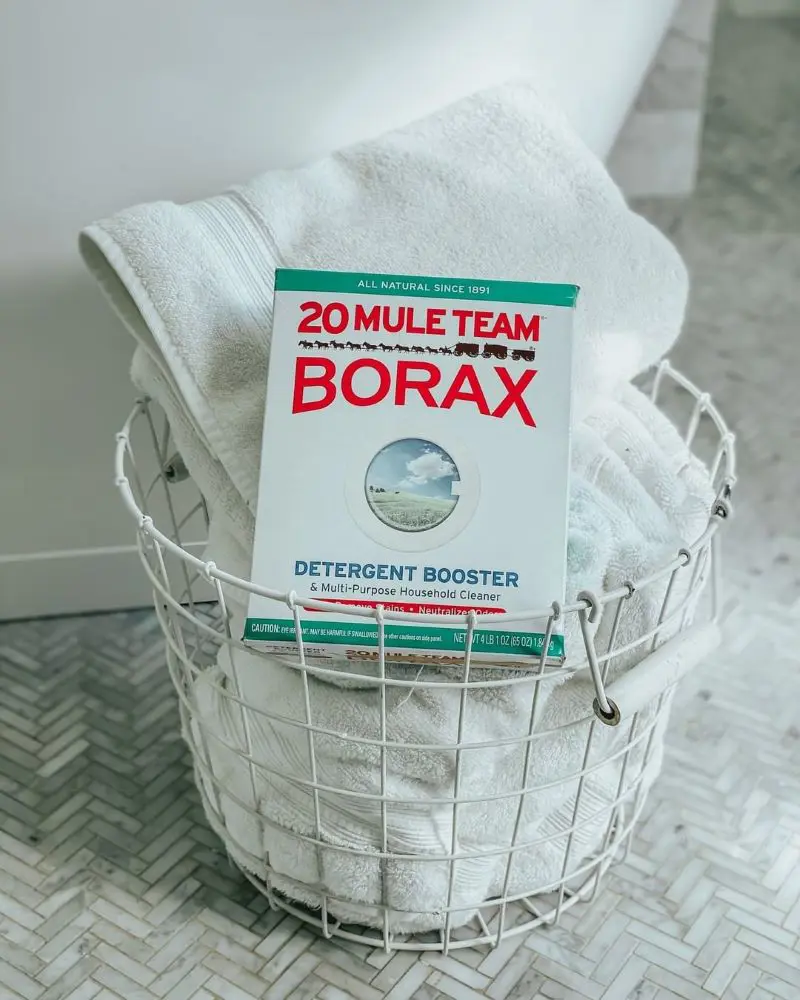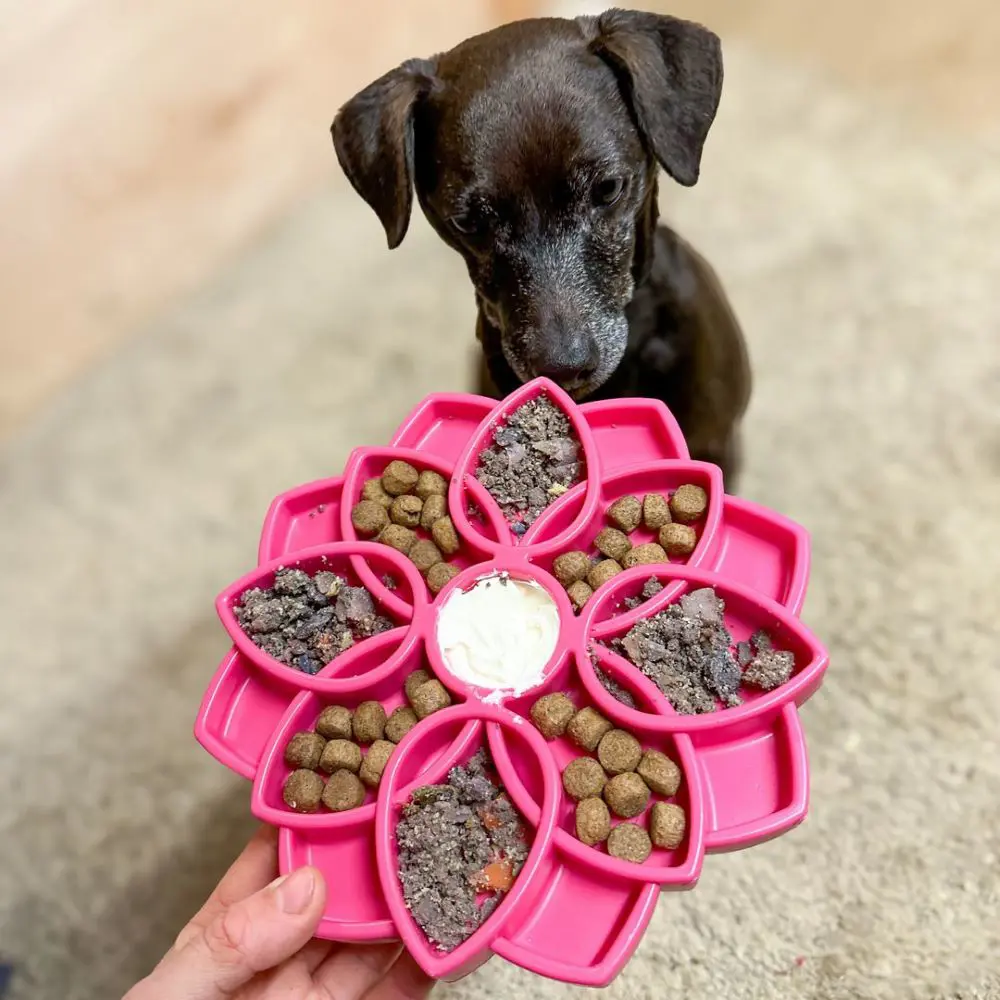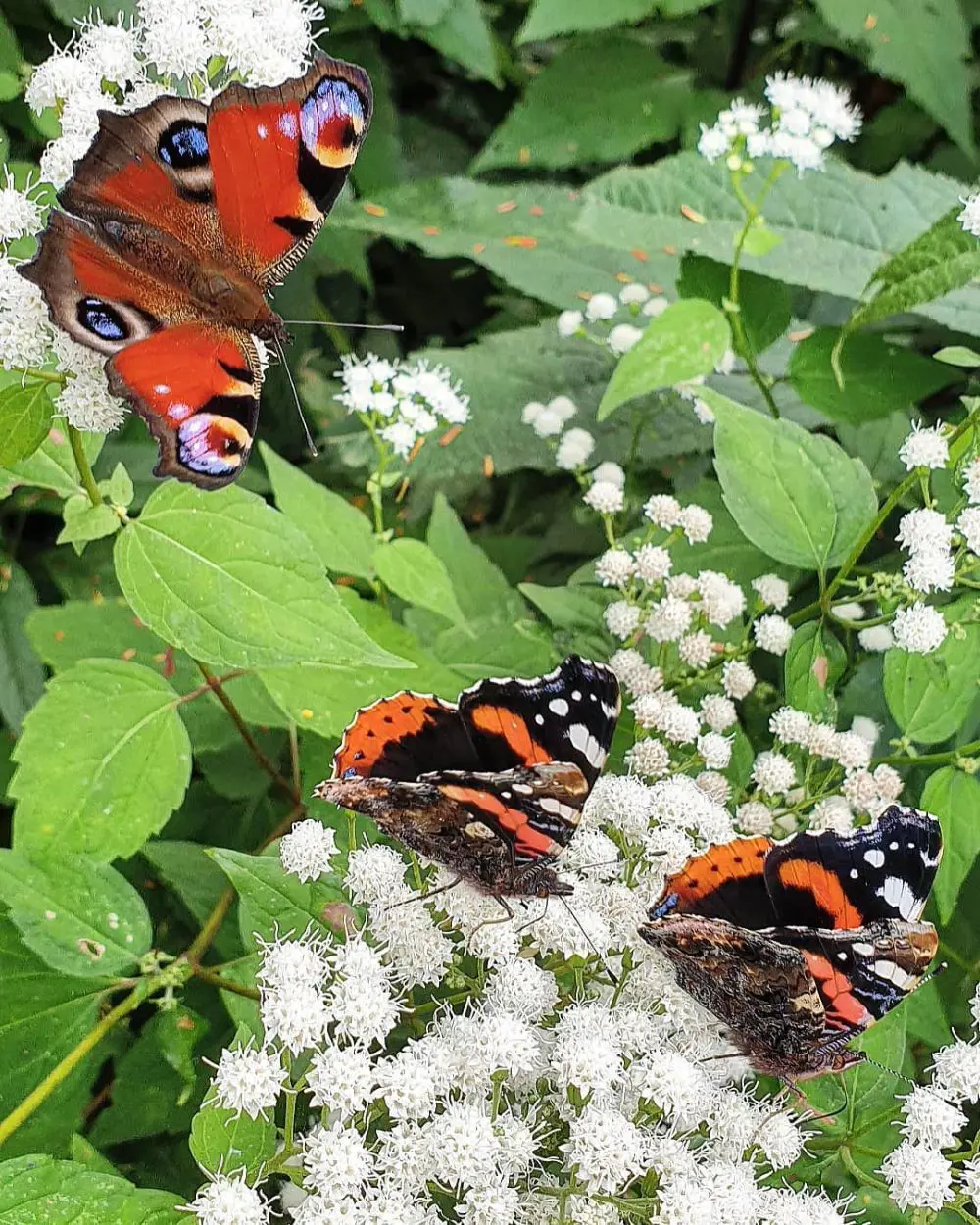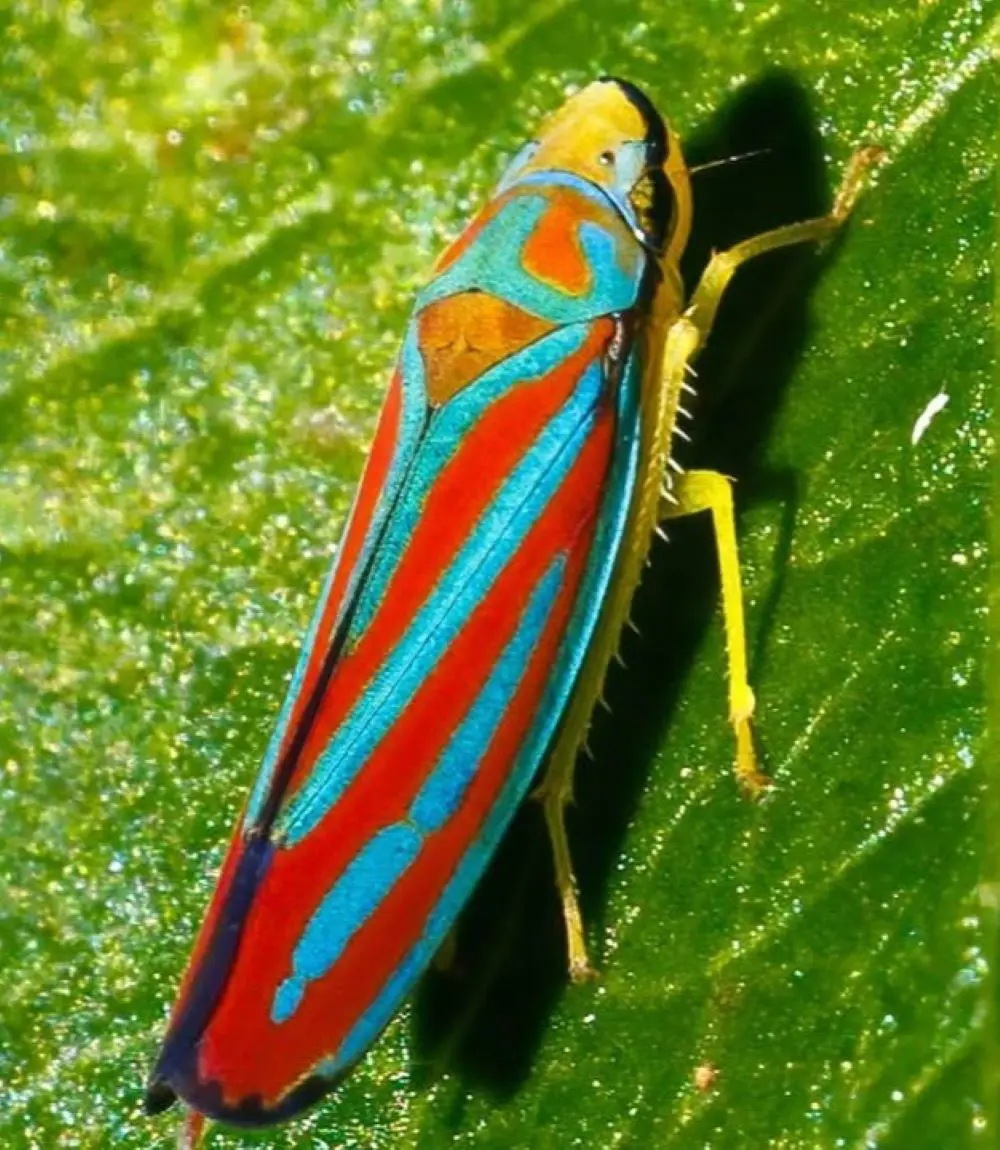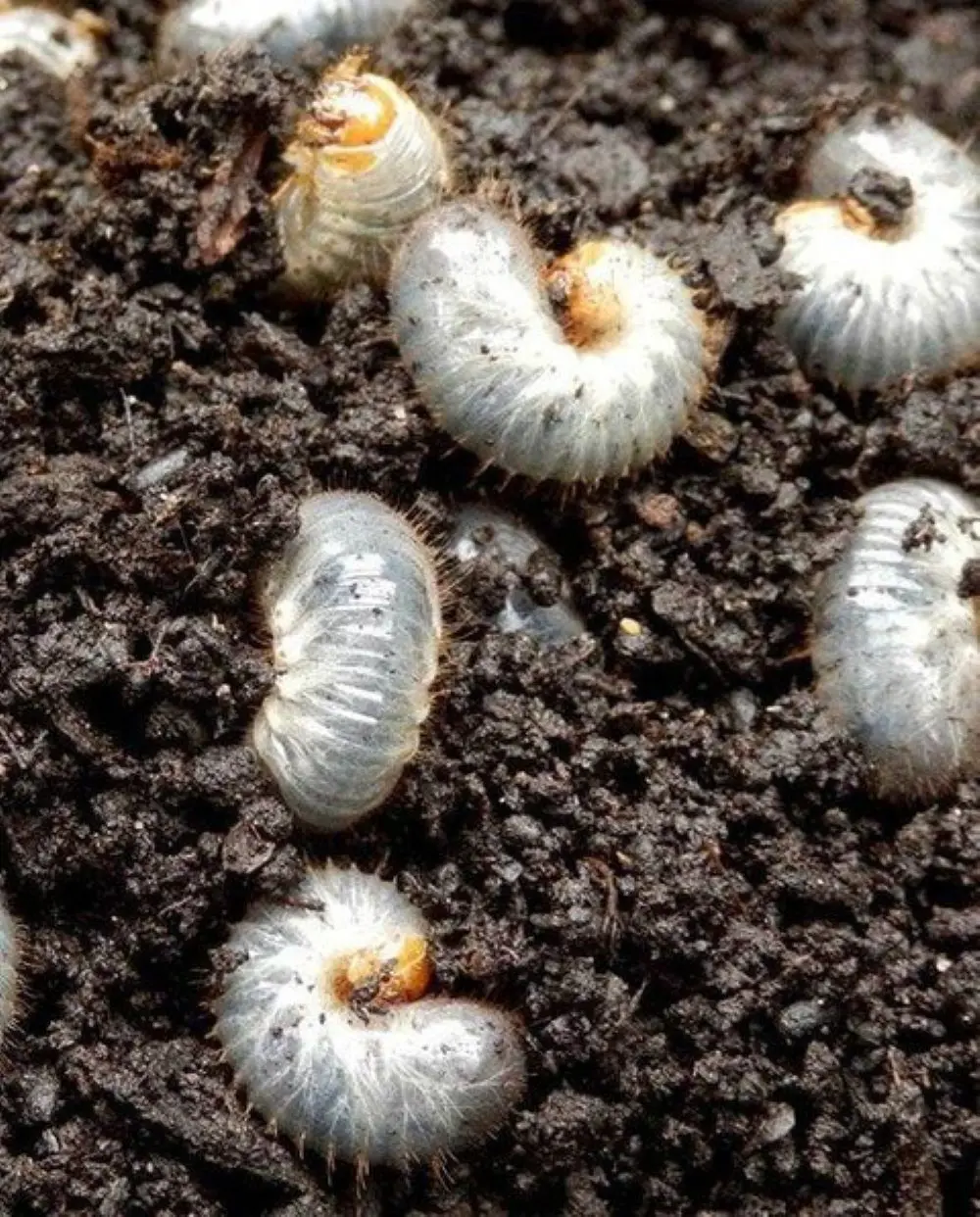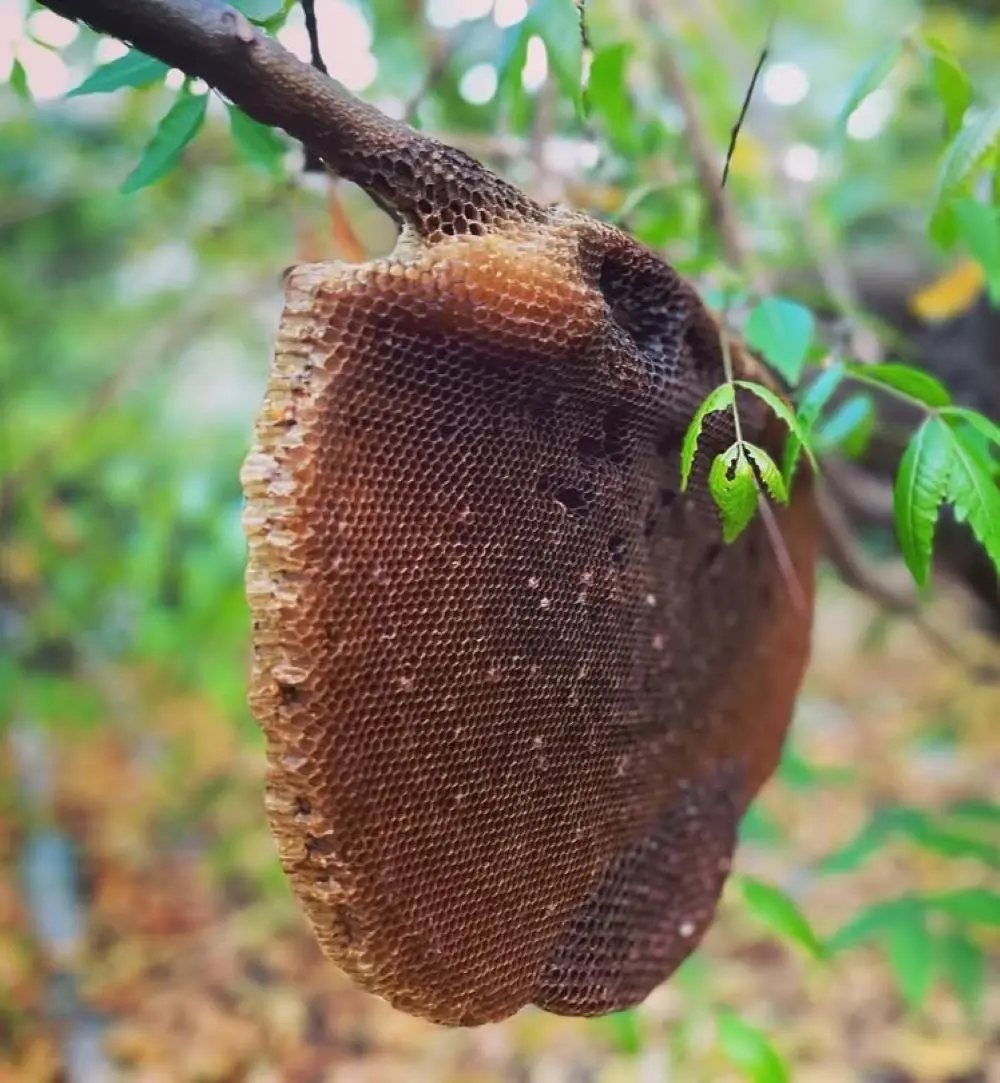How to Get Rid of Sugar Ants in the House Naturally
Why use natural methods? It is safer for your pets and children and better for your health and environment.
1. Peppermint Oil
Sugar ants stay away from the potent smell of peppermint oil because it affects their ability to smell sugary treats. You can create a spray by diluting the oil with water and spraying the solutions in ant-prone areas.
Reapply the solution frequently to sustain your ant control efforts. Or you could soak cotton balls with the oil and place them near entry points such as windows and doors. With this method, you will clear out the ants and have a fragrant home.
2. Planting Ant Repelling Plants
Why settle for a pest control service when you can have a botanical bouncer? Introducing the VIPs (Very Insect-Repelling Plants) of your garden club.
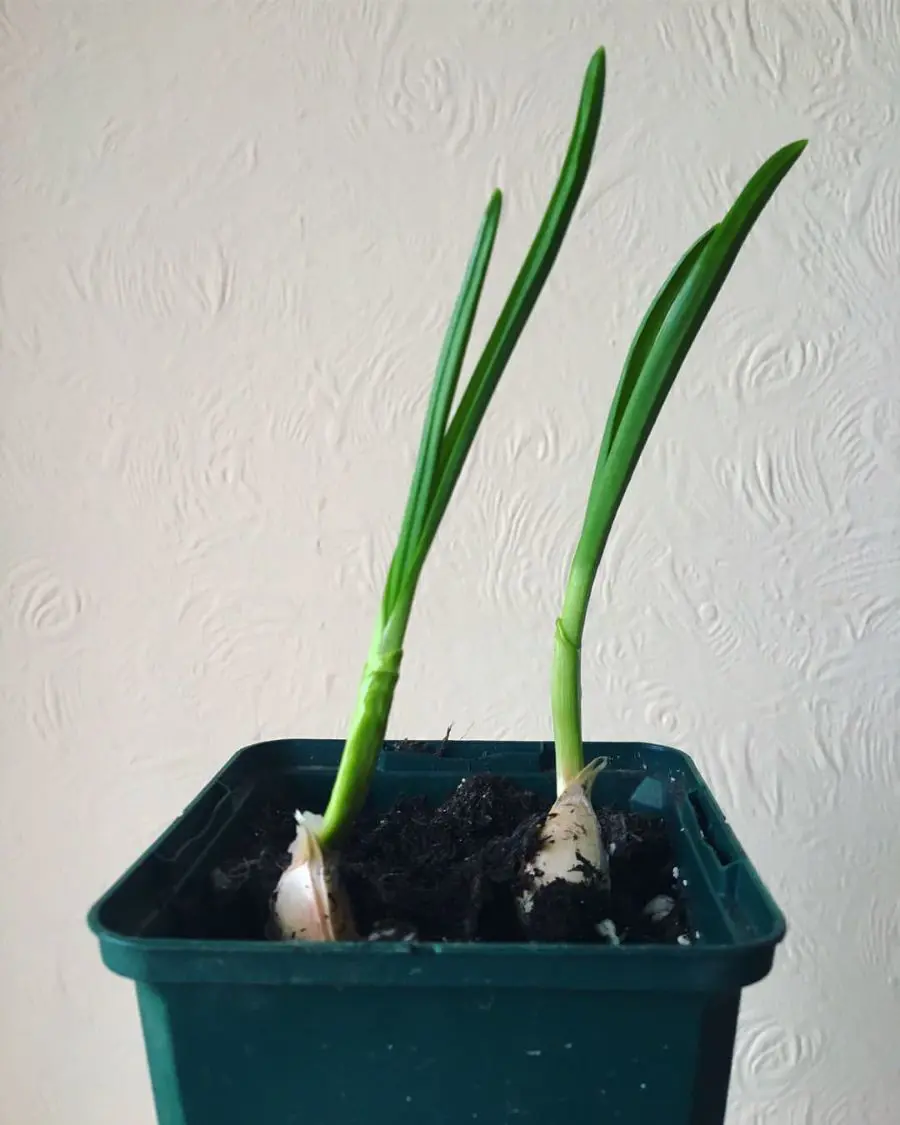
- Lavender: The calming scent of lavender is pleasant to humans but disliked by sweet ants.
- Rosemary: You might love the somewhat astringent smell of rosemary, but ants will avoid it at all costs.
- Garlic: A garlic plant takes a toll on the ants and provides a steady supply of fresh garlic.
- Basil: Ants will run the other way the moment they detect the smell of fresh basil.
3. Boiling Water
If you are wondering how can you get rid of sugar ants in the simplest way possible, use boiling water. You should use boiling water when you want to destroy an ant nest.
For that, bring a pot of water to a rolling boil. Once the water boils, carefully pour it directly into the entrance of the ant nest.
Just be careful not to pour it on your plants or feet- plants do not like hot baths, and neither do your toes!
4. Diatomaceous Earth
Do not be fooled by the flour-like texture of diatomaceous earth (DE). It looks like glass shards under a microscope and dehydrates and kills ants. To use, identify high ant-traffic areas and lightly sprinkle the flour-like powder along ant trails and near entry points.
If you have respiratory conditions like asthma or emphysema, you should employ other methods in the list, as breathing in large quantities of DE causes breathing and respiratory distress.
5. Coffee Grounds

As sugar ants invade plants too, you can use your leftover coffee grounds for plants as fertilizer and to deter these ants. Coffee affects ants in the same way as peppermint oil.
After making your morning coffee, sprinkle the grounds along the perimeter of your home, especially near entryways and a thin layer in garden beds where you see ants.
You can replace the grounds every morning after you make your coffee. Be mindful, though, as coffee can stain surfaces.
